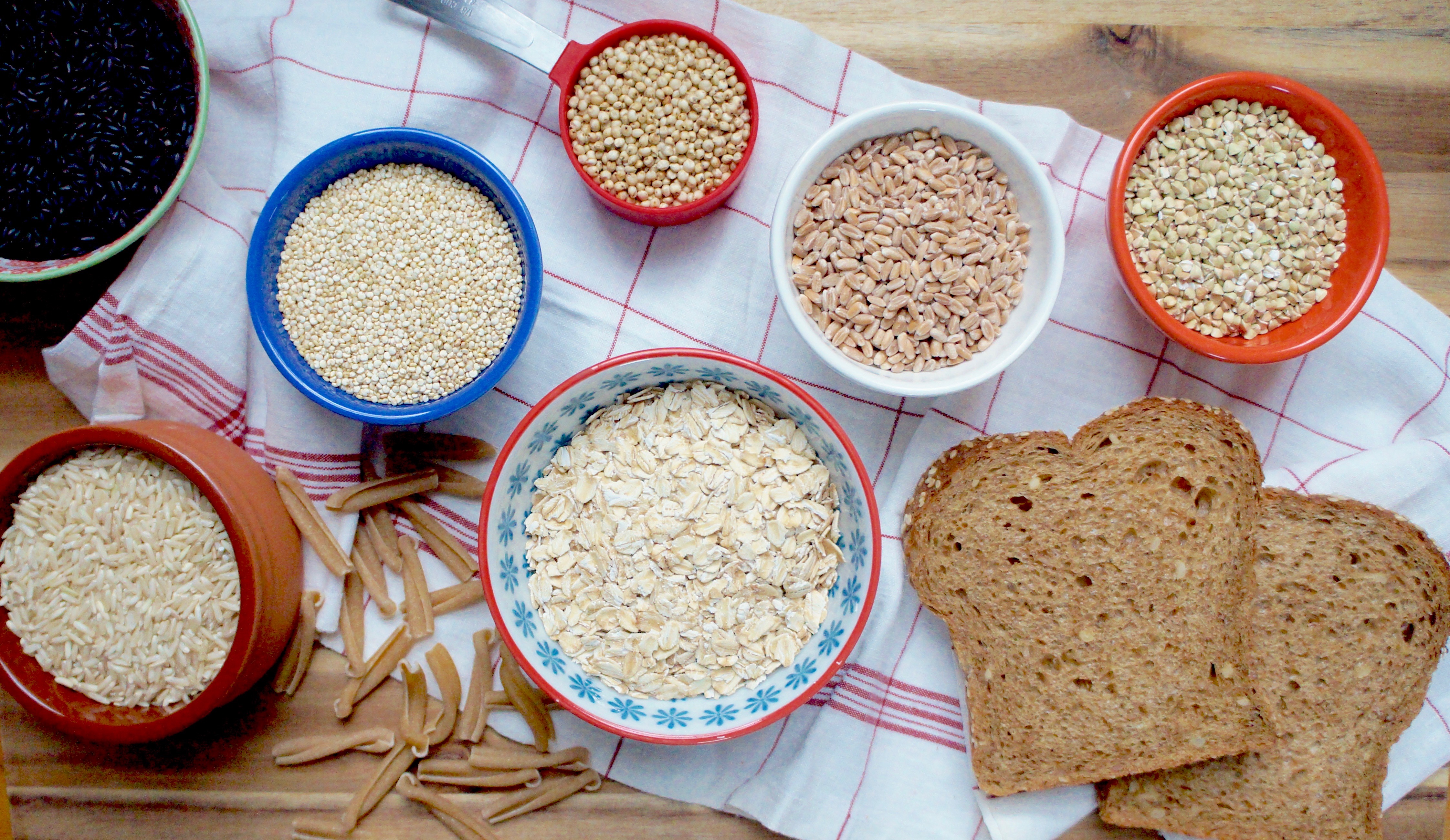Share This
In the May 2024 issue of the journal Advances in Nutrition, Oldways’ President, Sara Baer-Sinnott, and Vice President of Nutrition, Kelly LeBlanc, were co-authors on a paper titled “Perspective: Beyond the Mediterranean Diet—Exploring Latin American, Asian, and African Heritage Diets as Cultural Models of Healthy Eating.” It makes the case that these heritage diets deserve the same dedicated research and attention as the well-documented Mediterranean Diet. This moment is an exciting opportunity to highlight whole grains as a foundation of healthy eating throughout cultures.
We sat down with Kelly LeBlanc, MLA, RD, LDN, to discuss the relevance of this perspective paper in our whole grain network.
1. What was the background and motivation for this research on global heritage diets?
The Mediterranean Diet Pyramid, developed by Oldways and the Harvard School of Public Health, was published in the American Journal of Clinical Nutrition (AJCN) in 1995. In 2018, Dr. Walter Willett, one of Oldways’ scientific advisors and the lead author of the AJCN article, asked if we were aware of similar scientific support for other cultural models of eating – Asian, Latin American, and African Heritage diets. Because no such paper existed, we assembled a diverse group of subject-matter experts on Asian, Latin American, and African Heritage diets and set out to work documenting the key elements of these healthy eating patterns. The resulting perspective article published this spring in Advances in Nutrition is the accumulation of many years of work in this space.
2. What role do whole grains play in heritage diets?
We found that historically, unrefined carbohydrates like whole grains and tubers were an important part of traditional meals, while vegetables, sauces, meats, fish, and legumes provided additional flavor, nutrients, and variety. However, the nutrition transition away from traditional foods has led to whole grains getting displaced by refined grains in many communities around the world.
3. How can whole grains connect us to cultural history?
Whole grains nourished humanity for centuries. Learning the history and stories behind different whole grains allows us to reintroduce heritage whole grains into our diet and feed a connection with ancestors and culture. We can also connect to cultural history by practicing traditional applications for whole grains. For example, using teff flour to make injera bread, as is traditional in East Africa, or using whole wheat flour to make chapatti flatbreads, as is traditional in India.
This question calls to mind results from USA Rice’s 2023 Research on Rice Eating Occasions, which found that brown rice was more likely to be consumed when connecting with one’s own heritage or ethnicity.
4. What impact can this research have on increasing whole grain consumption amongst consumers?
Cultural models of healthy eating outside of the Mediterranean diet have been underutilized in the nutrition community. By helping consumers rediscover how whole grains have traditionally been enjoyed across a wide range of cultural cuisines, this research gives consumers more opportunities to fall in love with whole grains.
While some may have assumed that whole grains are not a part of certain cultural food traditions and that certain racial populations are less inclined to eat whole grain foods, the data do not support this stereotype, as our perspective article helps illustrate. Additionally, according to the Oldways Whole Grains Council’s census representative Whole Grain Consumer Insights Survey, 75% of white Americans, 78% of Black Americans, 80% of Latinx Americans, and 87% of Asian Americans report wanting to eat more whole grains.
5. How would you recommend nutrition professionals, such as dietitians and nutritionists, use this cultural model research to better serve their clients?
One of the conclusions of our article is that “When working with people of diverse racial and ethnic backgrounds, using culturally relevant models of healthy eating may be a successful strategy to promote personal and community wellbeing.” We hope that this perspective article inspires nutrition professionals to take a deeper dive into the diverse cultural food traditions of their patients, clients, and community. We also hope that this article will open doors for more researchers to document the health benefits of traditional diets, so that evidence base for these healthy eating patterns one day rivals the evidence base for the Mediterranean diet.
6. How do you think whole grain manufacturers can help promote heritage diets?
Whole grain manufacturers can turn to heritage diets for inspiration on innovative whole grain product lines. By developing whole grain products at a variety of price points using a variety of different grain ingredients, whole grain producers can help meet people where they’re at, ensuring that people of all racial and ethnic backgrounds can access delicious whole grain products, and connect with their cultural heritage in the process.
We believe this research can be useful to members, consumers, and avocates alike to improve whole grain consumption by emphasising whole grains’ important connection to cultural history. We welcome any feedback and questions, please direct any to Kelly at Kelly@Oldwayspt.org.
What whole grain recipes connect you to your culture? Let us know in the comments! (Vik)
To have our Oldways Whole Grains Council blog posts (and more whole grain bonus content!) delivered to your inbox, sign up for our monthly email newsletter, called Just Ask for Whole Grains.


Add a Comment